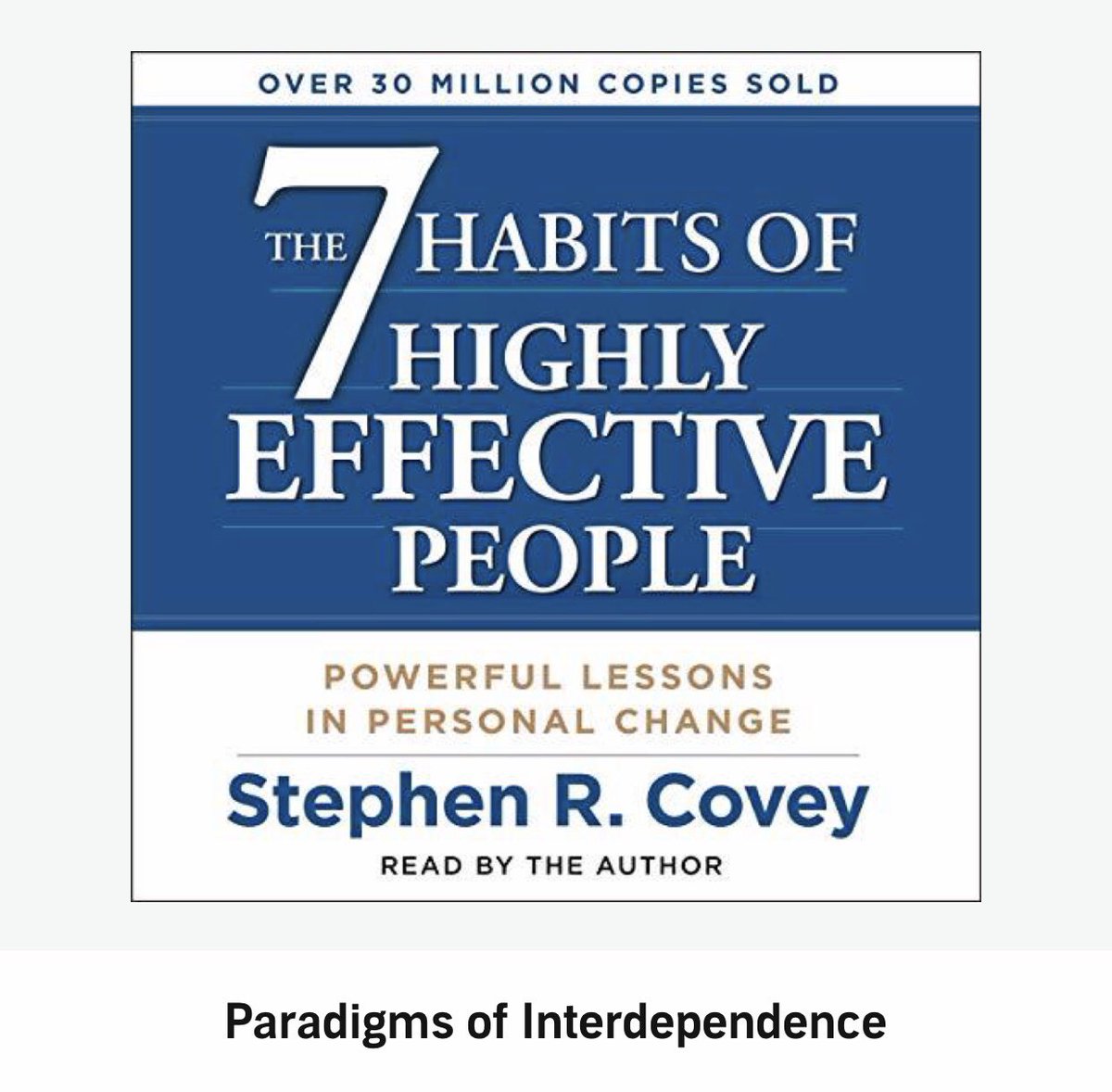

We can lead effectively through challenging times, like I outline in this blog. We can model compassion and care during a challenging time. For example, we could use our role as a leader within our organisation to influence our team members to follow the recommendations of trusted sources – like the Ministry of Health here in Aotearoa New Zealand. They’re the things which we can influence, although we may not have direct control over the end outcome. Our Circle of Influence, on the other hand, encompasses those concerns which we can realistically do something about. We may be worried about it, but our ability to change this rate as an individual at a global level may be limited (unless of course, you’re a leader of a country). For instance, if we apply this idea to COVID-19, our concern may be about the impact and rate the virus is spreading around the globe and the potential consequences of this. Our Circle of Concern will be things which we think about, worry about and which concern us, but which we have no direct influence over. In a nutshell, the main point of the model is that instead of spending a lot of teeth gnashing on the things that simply concern or worry us, but which we have no control over, we should spend our time and energy on the things we have influence over or can control.

According to Covey, highly effective people spend far more energy focusing on their Circle of Influence and Circle of Control than on their Circle of Concern. There are three main areas you can spend your energy on – your Circle of Concern, your Circle of Influence and your Circle of Control. First though, here’s the premise of the model:


 0 kommentar(er)
0 kommentar(er)
